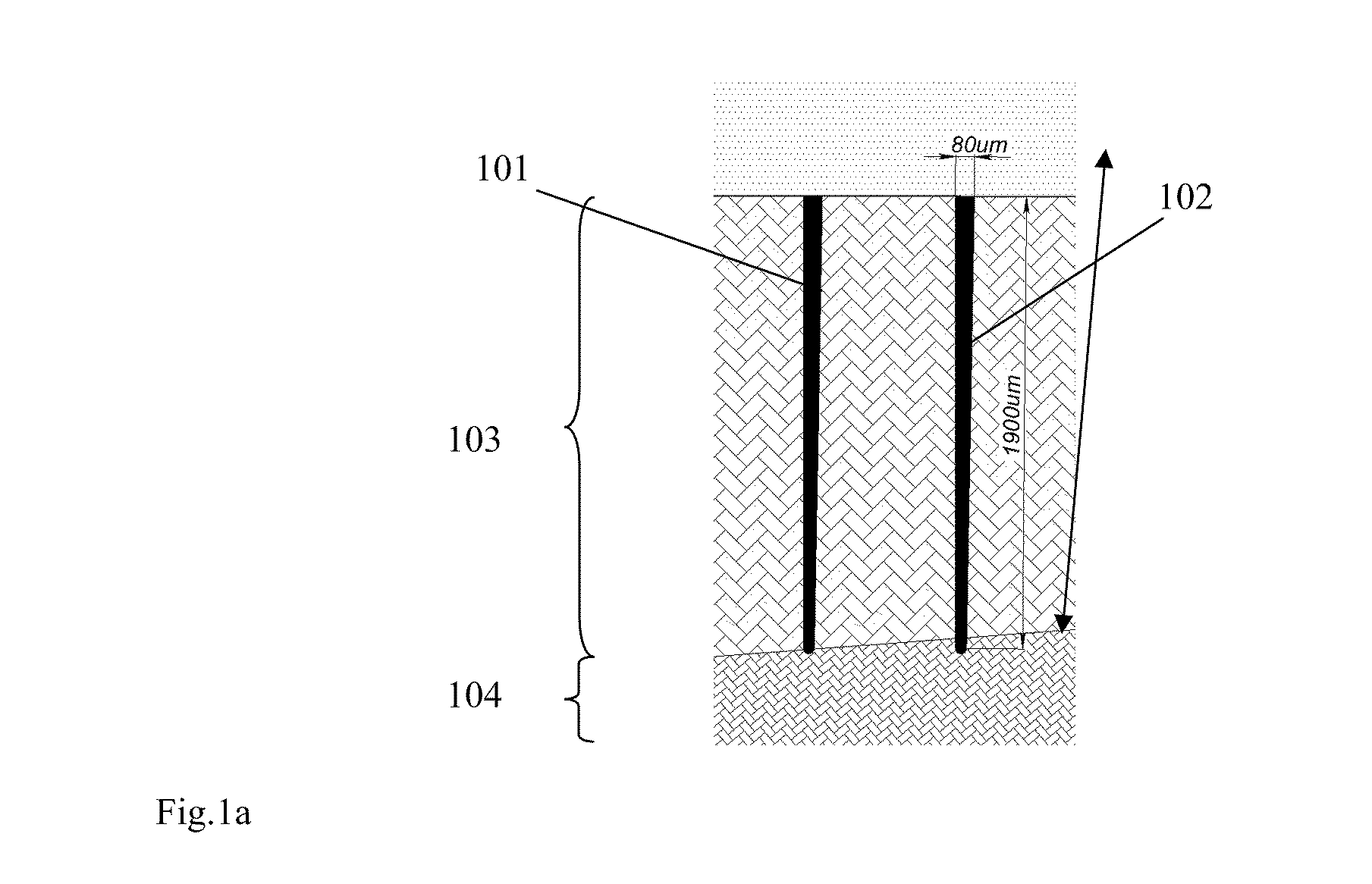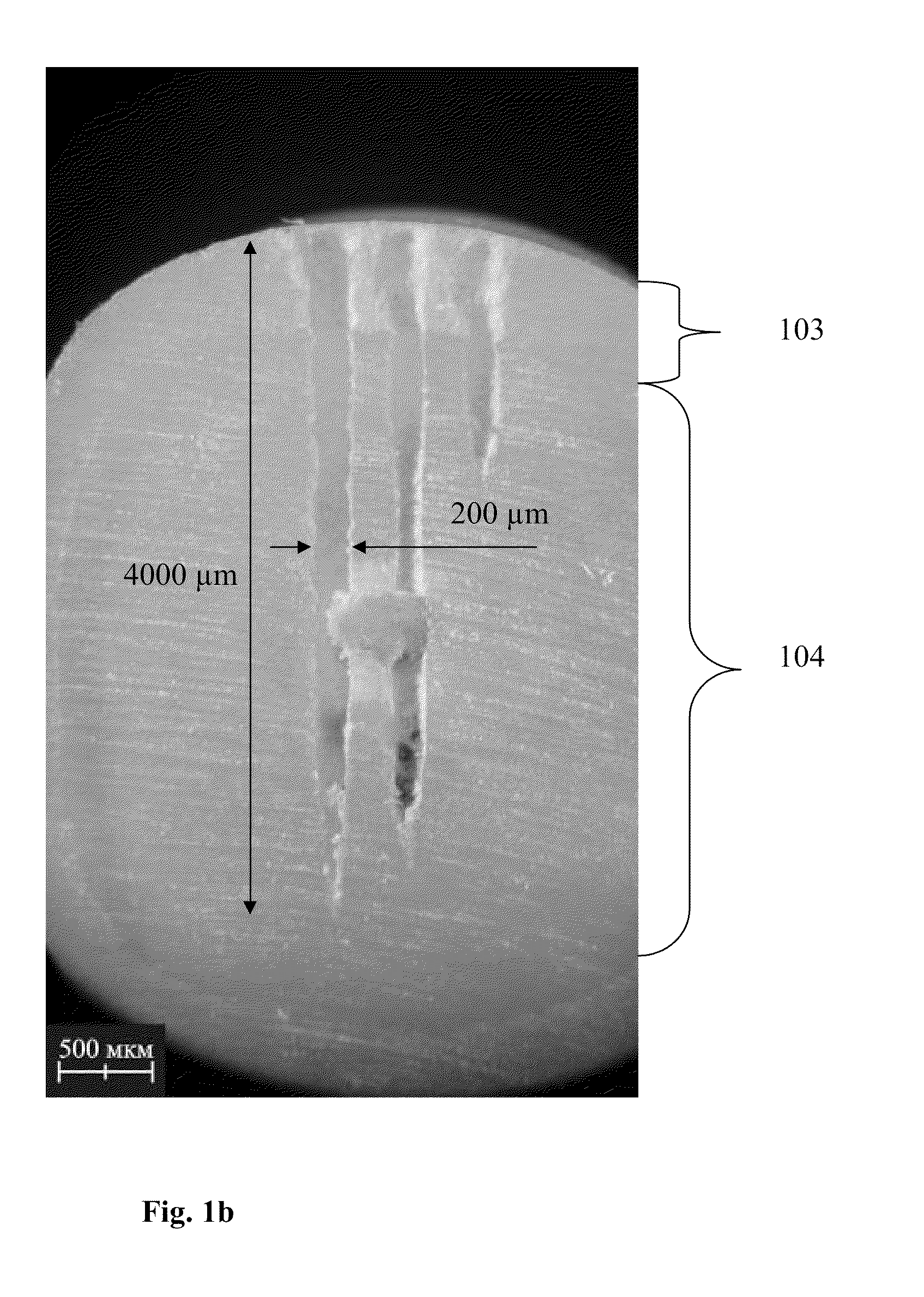Method and apparatus for diagnostic and treatment using hard tissue or material microperforation
a micro-perforation and hard tissue technology, applied in the field of minimally invasive diagnostic procedures and treatment, can solve the problems of inconvenient tissue removal, limited drilling capabilities of known techniques and devices, undesirable side effects, etc., and achieve the effect of reliable and minimally invasive fastening of a prosthesis
- Summary
- Abstract
- Description
- Claims
- Application Information
AI Technical Summary
Benefits of technology
Problems solved by technology
Method used
Image
Examples
Embodiment Construction
[0028]According to the invention, one or more micro-incisions are first drilled in hard tissue, including, but not limited to, dental enamel, cementum, dentine, bone, or oral soft tissues, including but not limited to, oral mucosa, muscle, glands, tongue, pulp, frenum, palate, uvula, and tonsil. The microperforations have a cylinder-like or cone-like shape and are characterized by a certain aspect ratio (AR). The aspect ration can be defined as the ratio of a length of a cylinder-like structure to its diameter. For the referenced microperforations the AR is in the range from 1 to 100, preferably from 5 to 30. For the incisions themselves, the diameter can vary in the range from 1 to 500 μm and the length can very in the range from 100 to 10000 μm. These microincisions can be used for a variety of dental and oral procedures, such as, for example, teeth whitening, delivering therapeutic compounds through the incision to the treatment target, using this incision for dental and oral dia...
PUM
 Login to View More
Login to View More Abstract
Description
Claims
Application Information
 Login to View More
Login to View More - R&D
- Intellectual Property
- Life Sciences
- Materials
- Tech Scout
- Unparalleled Data Quality
- Higher Quality Content
- 60% Fewer Hallucinations
Browse by: Latest US Patents, China's latest patents, Technical Efficacy Thesaurus, Application Domain, Technology Topic, Popular Technical Reports.
© 2025 PatSnap. All rights reserved.Legal|Privacy policy|Modern Slavery Act Transparency Statement|Sitemap|About US| Contact US: help@patsnap.com



